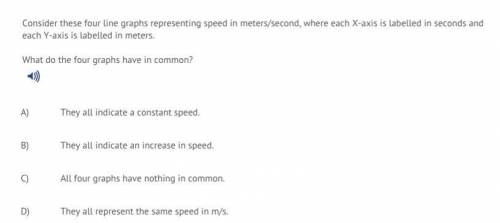Look at picture 1 and 2. Answer my question correctly.
...

Physics, 19.11.2020 19:20 ellareynolds2337
Look at picture 1 and 2. Answer my question correctly.



Answers: 3


Other questions on the subject: Physics

Physics, 22.06.2019 02:00, honeybaby675610
Askydiver weighing 140 lb (including equipment) falls vertically downward from an altitude of 19,000 ft and opens the parachute after 18 s of free fall. assume that the force of air resistance, which is directed opposite to the velocity, is of magnitude 0.55|v| when the parachute is closed and is of magnitude 14|v| when the parachute is open, where the velocity v is measured in ft/s. assume that acceleration due to gravity has magnitude 32 ft/s/s; remember that weight is the product of mass and gravitational acceleration. (a) find the speed of the skydiver when the parachute opens. (b) find the distance fallen before the parachute opens. (c) what is the limiting velocity vl after the parachute opens? (d) determine how long the sky diver is in the air after the parachute opens. (e) plot the graph of velocity versus time from the beginning of the fall until the skydiver reaches the ground.
Answers: 1

Physics, 22.06.2019 18:30, ochoanene822
Which of the following is not a means to accelerating? question 4 options: a)increase speed b)remain still c)decrease speed d)change direction
Answers: 2

Physics, 22.06.2019 19:30, rprest00
Amass m = 74 kg slides on a frictionless track that has a drop, followed by a loop-the-loop with radius r = 18.4 m and finally a flat straight section at the same height as the center of the loop (18.4 m off the ground). since the mass would not make it around the loop if released from the height of the top of the loop (do you know why? ) it must be released above the top of the loop-the-loop height. (assume the mass never leaves the smooth track at any point on its path.) 1. what is the minimum speed the block must have at the top of the loop to make it around the loop-the-loop without leaving the track? 2. what height above the ground must the mass begin to make it around the loop-the-loop? 3. if the mass has just enough speed to make it around the loop without leaving the track, what will its speed be at the bottom of the loop? 4. if the mass has just enough speed to make it around the loop without leaving the track, what is its speed at the final flat level (18.4 m off the ground)? 5. now a spring with spring constant k = 15600 n/m is used on the final flat surface to stop the mass. how far does the spring compress?
Answers: 3

Physics, 22.06.2019 19:50, nadiareese
Aleaky 10-kg bucket is lifted from the ground to a height of 15 m at a constant speed with a rope that weighs 0.7 kg/m. initially the bucket contains 45 kg of water, but the water leaks at a constant rate and finishes draining just as the bucket reaches the 15-m level. find the work done. (use 9.8 m/s2 for g.) show how to approximate the required work by a riemann sum. (let x be the height in meters above the ground. enter xi* as xi.) lim n → ∞ n (9.8)(45−3 xi) i = 1 δx express the work as an integral. 0 dx evaluate the integral. (round your answer to the nearest integer.) j
Answers: 3
You know the right answer?
Questions in other subjects:

English, 06.05.2021 01:50

Mathematics, 06.05.2021 01:50

Mathematics, 06.05.2021 01:50

Arts, 06.05.2021 01:50

Mathematics, 06.05.2021 01:50

Mathematics, 06.05.2021 01:50



Mathematics, 06.05.2021 01:50

Business, 06.05.2021 01:50



